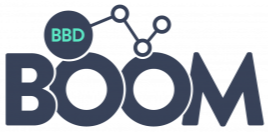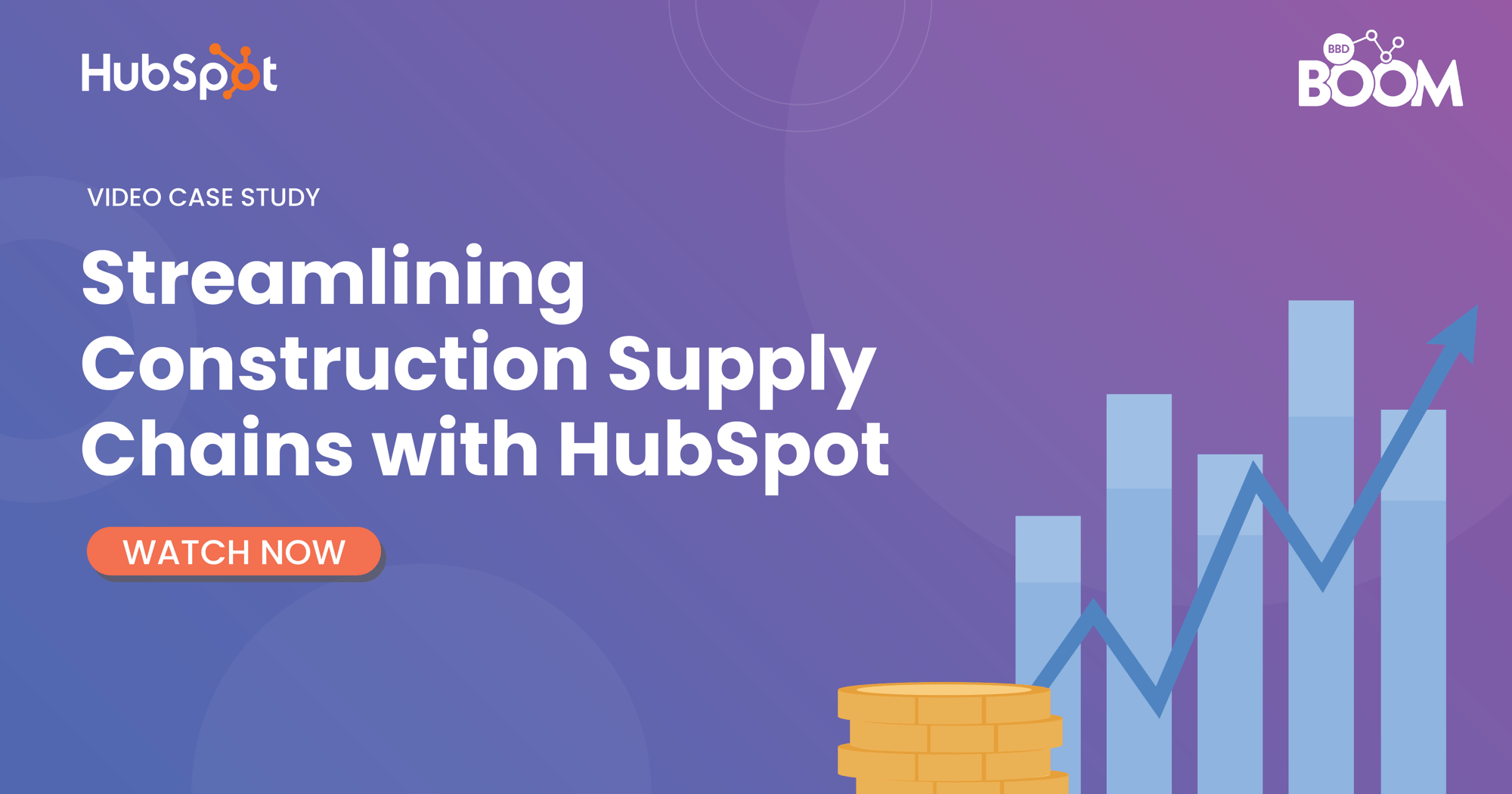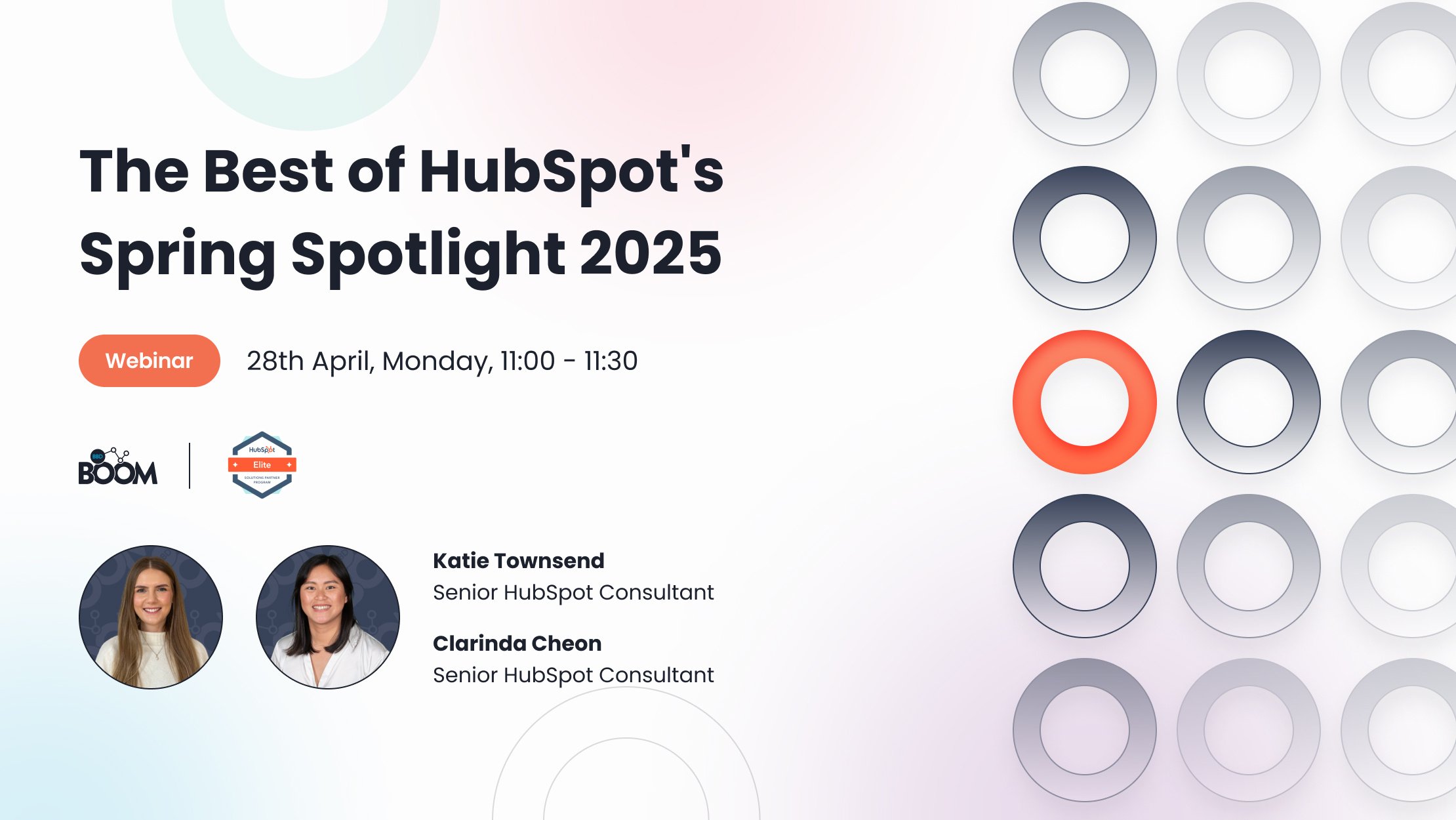A few months ago, the BBD Boom team read They Ask, You Answer by Marcus Sheridan. This book has been lauded by the inbound community as a brilliant breakdown of consumers, content and the buyer’s journey.
The book is exceptional, and we highly recommend it – in fact, Adam has been known to buy copies for entire groups when visiting them. But if you’re tight for time (and aren’t we all?) then here are our 4 favourite lessons from the book, and how you can apply them to your business:
1. Humans like to connect with humans, no matter the context.
There’s a concept that’s started to permeate the B2B community in the last few years: the idea that there isn't actually any B2B or B2C anymore. It’s all H2H: human to human. They Ask, You Answer affirms this, reminding us that our audience wants to form connections with us as people and feel like they’re forming a relationship rather than just completing a transaction.
The book has been updated since its original publication to discuss the power of video, which is uniquely equipped to help us create those interpersonal connections. Whether it’s in the marketing journey or the sales process, video has the ability to create affinity and endear people to each other, generating more investment on both sides of the equation.
Application ideas:
- Use more videos in your marketing, from team introduction videos on the website to case study videos to landing page explainer videos.
- Use personalised video in the sales process – we use Vidyard to embed videos in our emails.
- Remember that not all videos need to be studio-quality productions; a simple talking head video will still help increase feelings of human connection.
2. When you answer questions, you build trust.
As marketers, it’s easy to tell ourselves that we’re creating content our audience wants, whilst not actually taking the time to answer their actual questions. So it’s important to do your research and understand what people actually want to know.
The benefits answering these questions are extensive. Not only will your discoverability increase, but you’ll start to build trust with your audience before they even become prospects. When people know that you’ll answer their questions openly and honestly, they’ll be more likely to trust you in the sales process or as a customer.
Marcus Sheridan encourages transparency in all of your answers, even when it comes to things like pricing. This can be controversial in the B2B community, but think about it – your prospects, especially if they want to work with you, want to know what the level of investment is going to be.
And this trust goes two ways. Not only will your customers and prospects trust you more, but you’ll be able to trust them more in the sales process as well – you can trust that they’re serious about working together, and not just information-gathering. When you let them go through that journey themselves, they become more informed, and more informed prospects are more likely to be a good fit and ultimately become a customer.
Application ideas:
- Interview your best clients to determine what their questions were at each stage in their journey to becoming a customer.
- Don’t forget to also prioritise the questions they have now.
- Use search engine and keyword tools to discover what questions your prospects are asking right now.
- Don’t be afraid to be transparent about things like pricing, process and terms.
- Use your blog to answer more strategic questions, downloadable content for broader and more complex answers, and a knowledge base for how-to style content to help people self-serve.
3. The best people to answer questions are the experts you already have.
As the person responsible for most of Boom’s marketing content, I personally loved Sheridan’s point about insourcing – the idea that the people implementing solutions within your organisation are the best ones to create content about it.
Now, obviously not everyone working at your company is going to want or be suited to create content. But the important thing is empowering those who do have that desire and ability, and creating a dialogue with the rest of the team. This will ensure that your content is accurate, relevant and reflective of the work your customers are actually doing with your company.
Application ideas:
- Have your team write blog posts and knowledge base articles
- Use video interviews to extract value from your team without them having to write content
4. Creating a genuine value exchange is key to creating lasting relationships.
The idea of a value exchange is central to inbound – the lead gets value on your website, which gives you insight into your audience’s interests. Then they give their information in exchange for your expertise in the form of a lead magnet.
But is your value exchange ending there, or are you continuing it into the sales process?
One of the ways Sheridan recommends this is something called “assignment selling.” This means that you essentially give your prospects homework, having them watch a video or fill out a survey or read a brochure before a call or interaction. This means that not only are you getting value from the prospect in the form of insight, but they begin to feel more invested in the process, helping them get more out of your conversations and feel more confident in engaging with you.
Application ideas:
- Give your prospects homework to judge their level of intent and help them feel invested in the process.
- Make sure the value exchange is clear at every stage of the buyer’s journey – what are they getting from you (and what are you getting from them) at every stage? Being transparent about this will help build trust.
If you’d like to read They Ask, You Answer, you can find it on Amazon here. But if you’d like to discuss how you can start implementing the TAYA philosophy in your sales and marketing processes, click here to book a call with our team!

.png)



.jpeg?width=50&name=1606312468922%20(1).jpeg)

.jpeg?width=90&name=1606312468922%20(1).jpeg)


